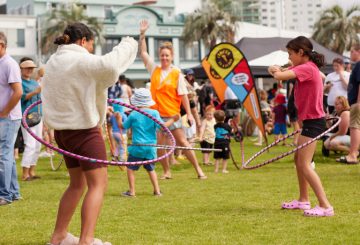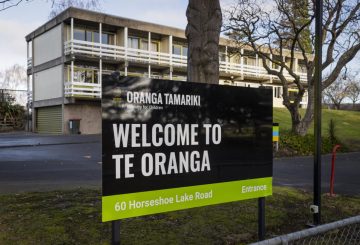位于历史悠久的浴屋建筑内的罗托鲁瓦博物馆自2016年以来已关闭。
对于罗托鲁瓦耗资数百万美元的博物馆修复项目的未来,公众将有四种选择发表意见,但该决定带有星号,即未知成本。
在周三的一次会议上,罗托鲁瓦湖区议员投票决定于5月24日开始磋商,以测试公众对以下选项的支持:修复和重新开放博物馆;分阶段项目;推迟项目;或者将建筑物降至较低的标准并搬迁博物馆。
该博物馆位于这座拥有 100 年历史的 1 类遗产澡堂建筑中,在凯库拉地震中遭受破坏并被发现容易发生地震后,于 2016 年关闭。
这将是罗托鲁瓦博物馆——Te Whare Taonga o Tearawa 项目的第二次公众咨询。
该委员会的Manahautu Maori-Te Arawa伙伴关系副首席执行官吉娜·兰吉表示,这是因为这个复杂项目的成本大幅增加。
该委员会在2018年同意为加强和恢复项目投入1,550万美元,其中3,800万美元来自外部资助者,总资金额为5,350万美元。
现在,项目估算预计将耗资至少8140万美元,拟议的额外费用将通过900万美元的理事会资金和1900万美元的外部资金来支付。
但是成本可能会更高,建筑物的复杂性和独特性可能存在未知问题。
布朗还询问政府能否承担风险。
来源:r ad ionz.co.nz




























































